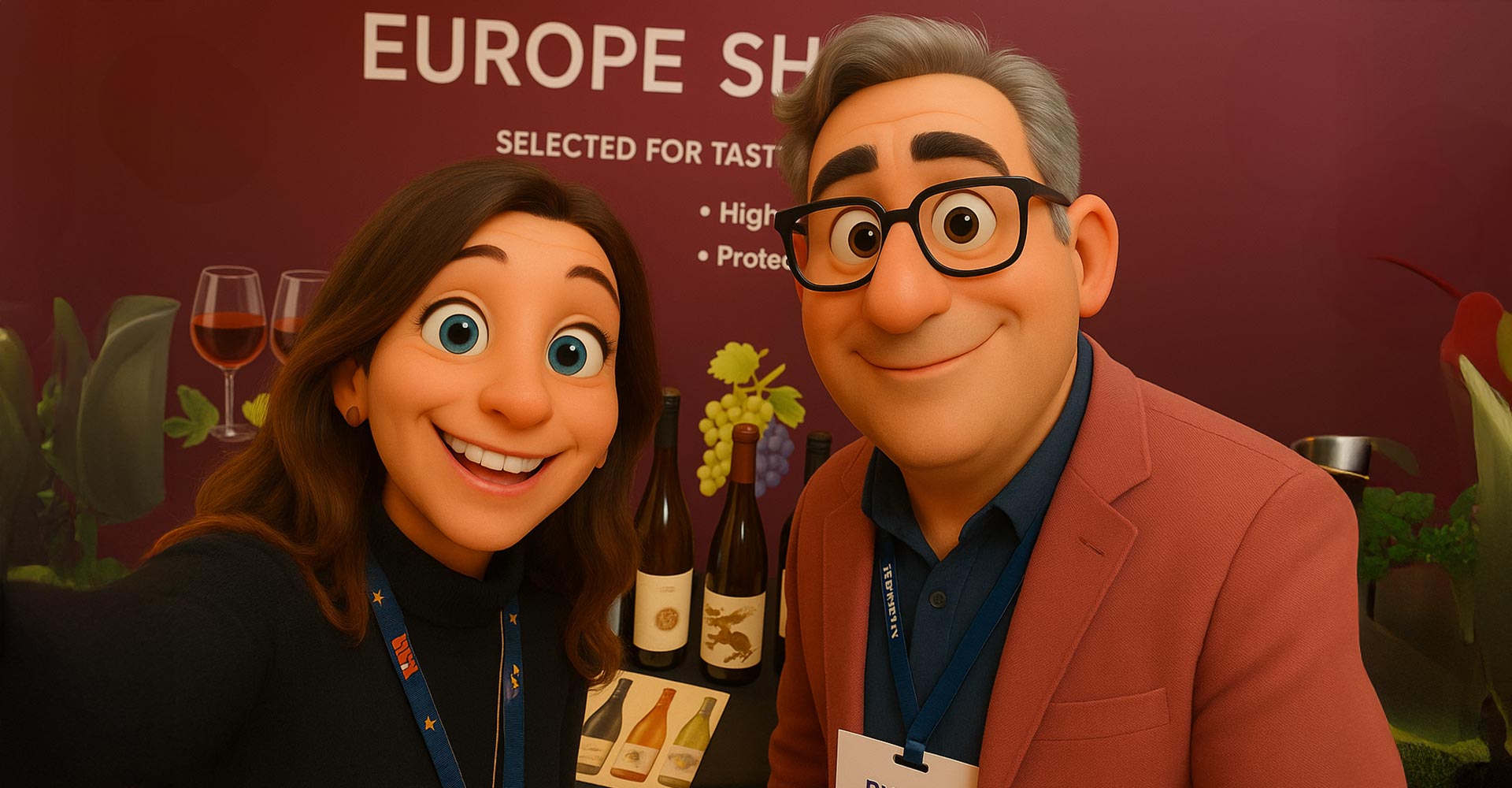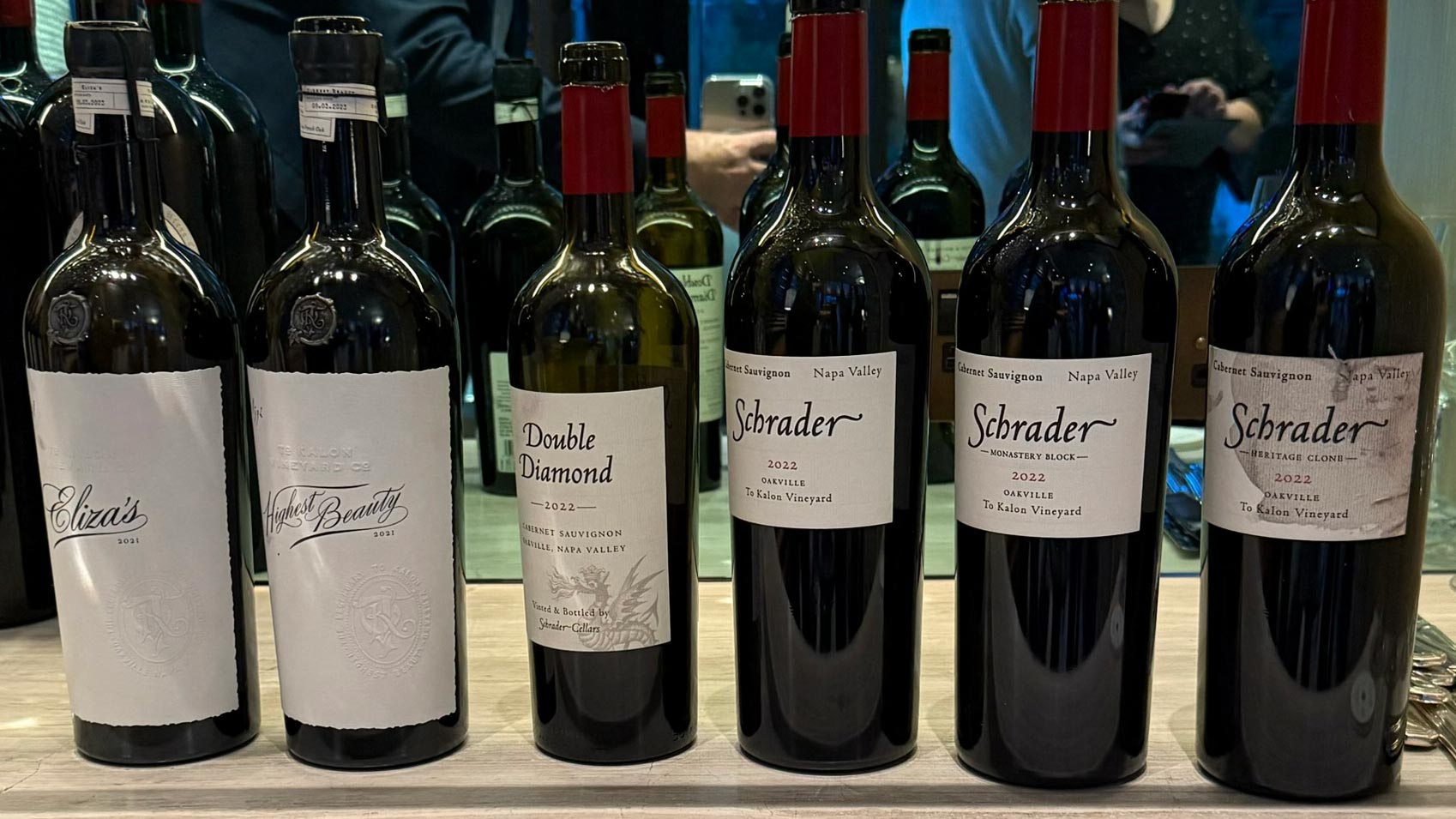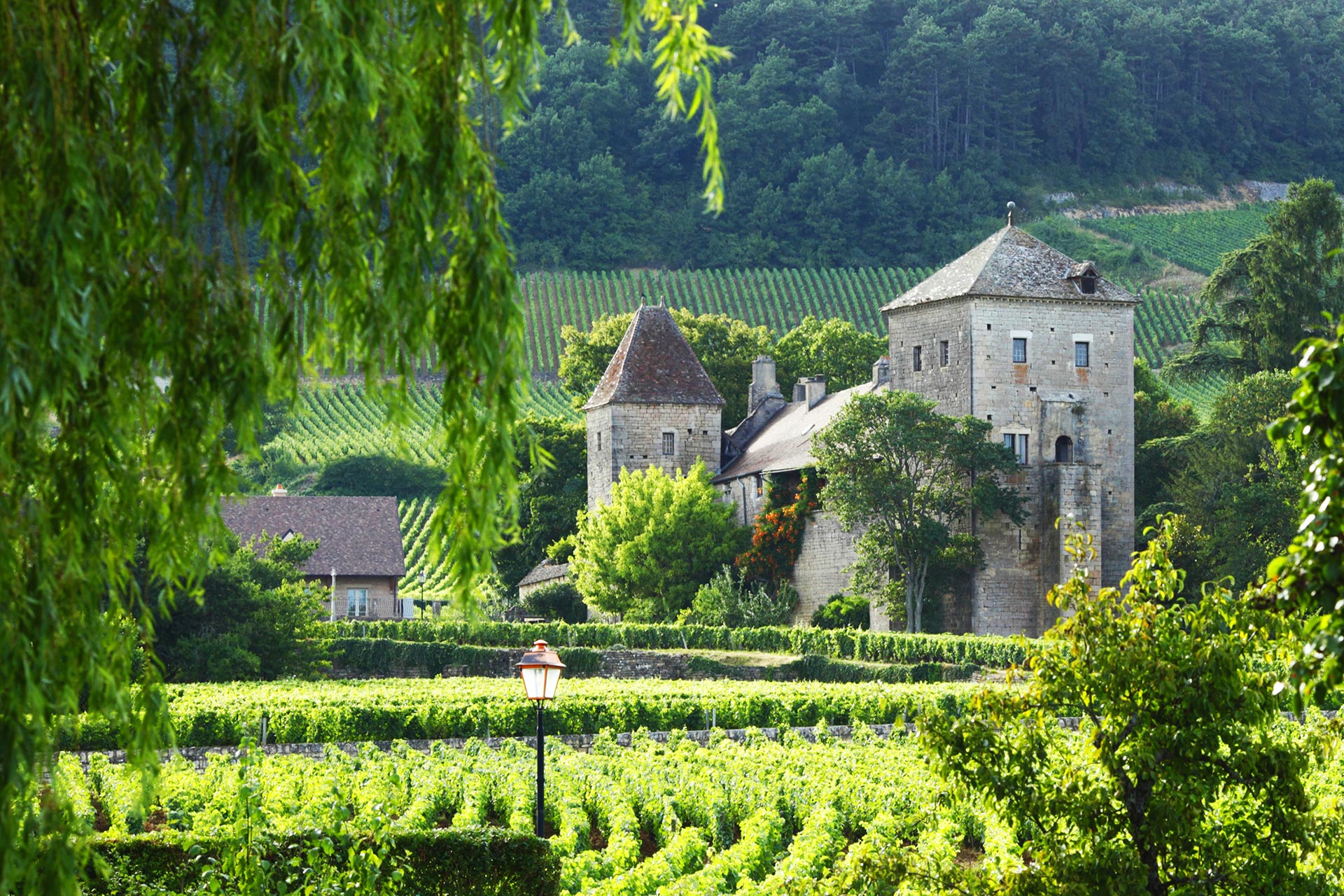I met Militza at the London Wine Fair. Amid the chaos of swirling glasses and business cards, she offered me something unexpected: a glass of Bulgarian wine. I took a polite sip, then a second, less polite one. Then I cancelled my next tasting slot.
Bulgarian wine? Who knew?
As it turns out, quite a few people. Just not enough.
Ancient Roots, New Renaissance
Bulgaria’s wine story starts around 6,000 years ago, in the days of the Thracians, who worshipped Dionysus like a rock star. Homer even wrote about Thracian wine knocking out a cyclops. Let that sink in. Odysseus survived thanks to Bulgarian vino.
Fast forward through Roman refinement, medieval monastic guardians, and a bumpy ride through Ottoman rule, and you hit the mid-20th century. Under communism, Bulgaria became the world’s fourth-largest wine exporter. The wine was industrial, mostly made for the Soviet Union, and about as subtle as a tank parade. Quantity over quality ruled.
Then the curtain fell. In the post-Soviet 1990s, vineyards were neglected or torn up. The market crashed harder than a cork on concrete. But Bulgaria’s wine story didn’t end. It rebooted.
With EU backing and fresh talent, a new era emerged—one that honours tradition, embraces modern tech, and leans hard into native grapes. Now, the country ranks 15th globally in wine production, but it’s climbing fast in cool points.
Meet Villa Melnik: The Star of the Struma Valley
Villa Melnik is where Bulgaria flexes its vinous muscles. Based in the Struma Valley, this family-run winery blends old-school methods with smart, sustainable innovation. Gravity-fed cellars, pesticide-free vineyards, and wine aged in volcanic soil caves? It’s like a sommelier’s fantasy novel.
Their wines are bold and unfiltered in both flavour and philosophy. Take the Melnik 55, for example. It’s a lighter-bodied red, a bit like Beaujolais, but with Balkan swagger. Or the Mavrud—deep, dark, tannic, and complex enough to write a memoir.
Villa Melnik has bagged serious international praise too: Top 50 World’s Best Vineyards, Winery of the Year, DiVino Top 50. This isn’t just good-for-the-price wine. It’s good, full stop.
Why It Matters (and Why You Should Pour Yourself a Glass)
Bulgaria is full of indigenous grapes that you’ve probably never heard of—Mavrud, Rubin, Broad-leaved Melnik, Tamyanka. These grapes don’t just have quirky names; they deliver wines with character, complexity, and a certain rebellious charm.
They’re also incredible value. You can find a premium bottle for under £20. Compare that to the price of a Burgundy with similar depth and you’ll see why the smart wine drinkers are sniffing out Eastern Europe.
And here’s a fun fact: Bulgarian vineyards yield just 4.3 tons per acre compared to 18 in the U.S. That means more concentration and flavour. Less juice, more joy.
Sofia Calling: A Capital for Curious Sippers
You don’t have to travel far to get a taste. Sofia, the capital, has become a wine hotspot. Boutique shops like Vino Orenda and Tempus Vini offer hundreds of Bulgarian labels. They run tastings, pairings, and even wine walks through the city.
Meanwhile, nearby regions like the Thracian Lowlands are producing reds with muscle and whites with elegance. Want to blend wine with wellness? Head to Sandanski, where the mineral-rich air is good for your lungs and the local Rubin is good for your soul.
Tourism, Terroir and Transformation
What Villa Melnik and its peers are doing isn’t just about grapes. It’s regional transformation. Wine tourism is booming. You get hands-on tours, local festivals, and food pairings that include everything from smoked trout to rose petal jam. There’s even talk of a united “Melnik Wine Route.”
This is a place where wine, history, and hospitality converge. Where volcanic soils and Mediterranean breezes kiss the vines. Where every bottle tells a story, and every story deserves a good listener—preferably one holding a glass.
So next time you’re browsing the wine rack, skip the supermarket Sauvignon. Go rogue. Try Bulgarian. And if you see a bottle from Villa Melnik, grab it before someone else does.
Trust me. I’ve tasted the future, and it pairs beautifully with grilled lamb.



